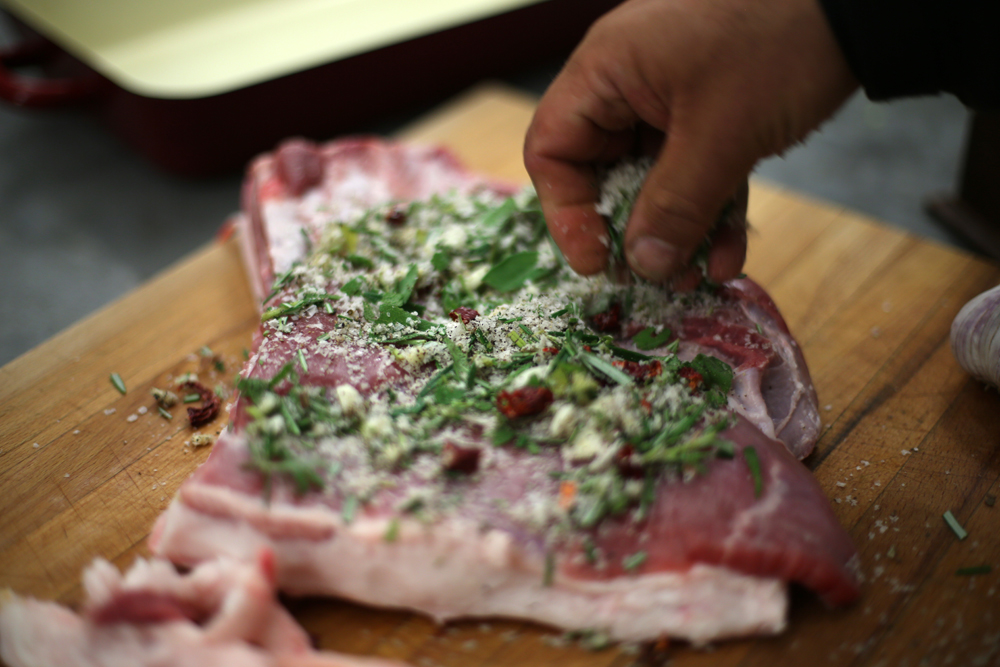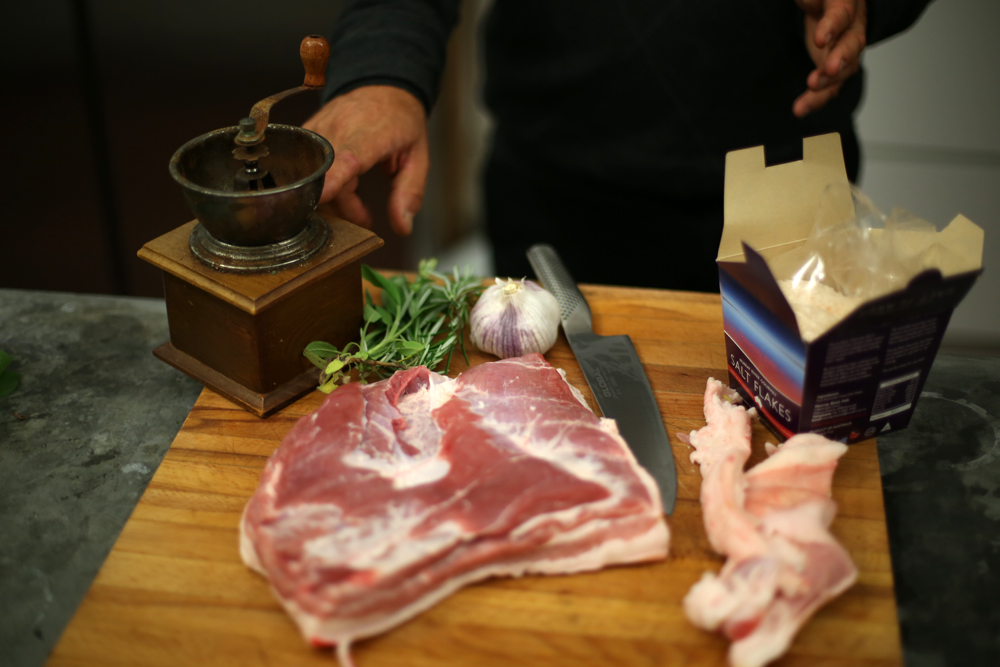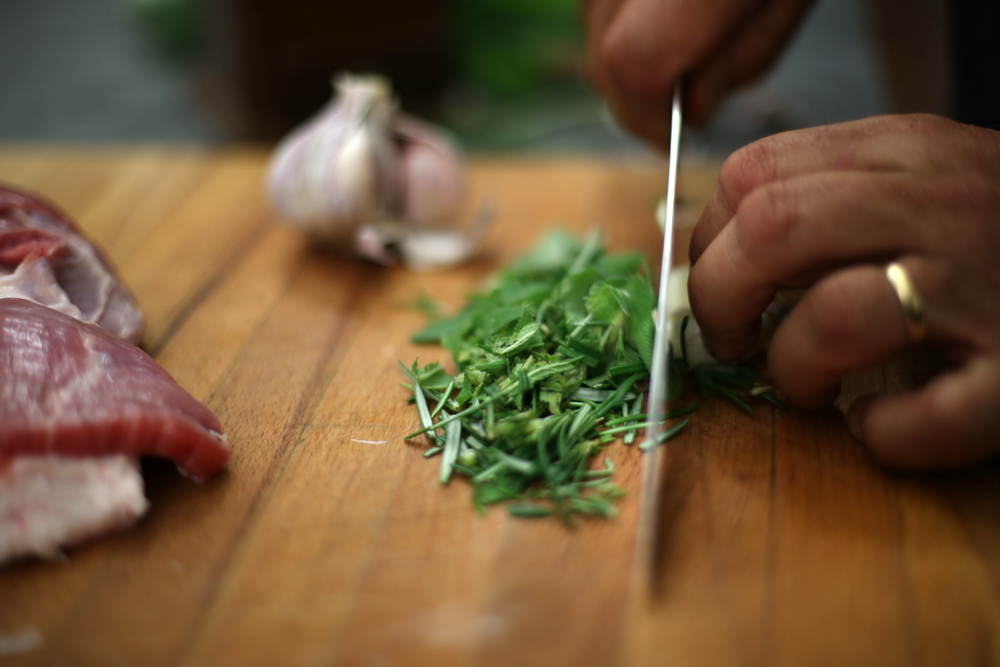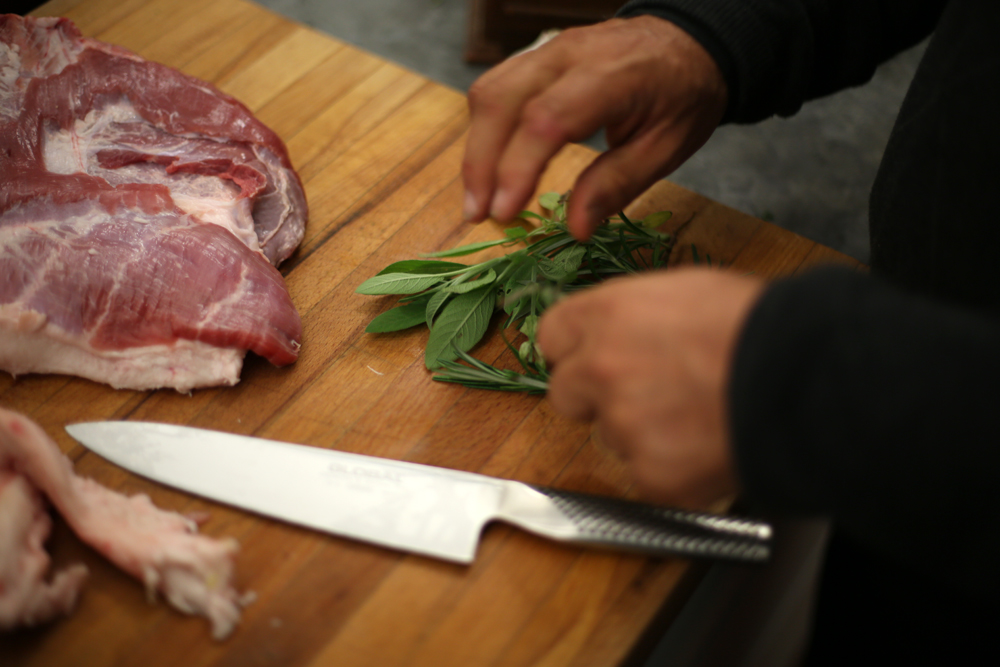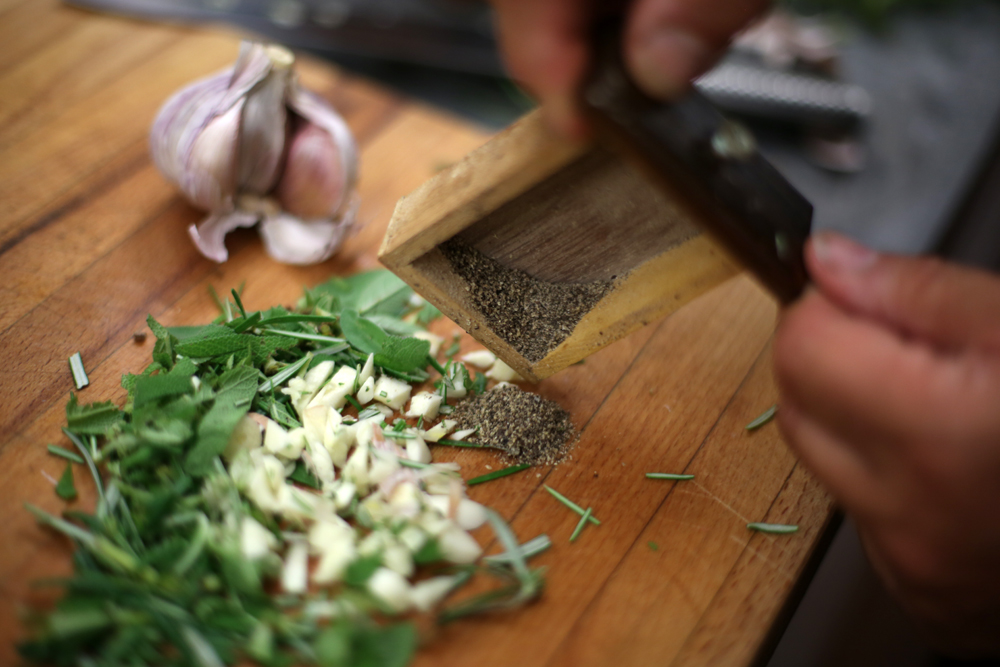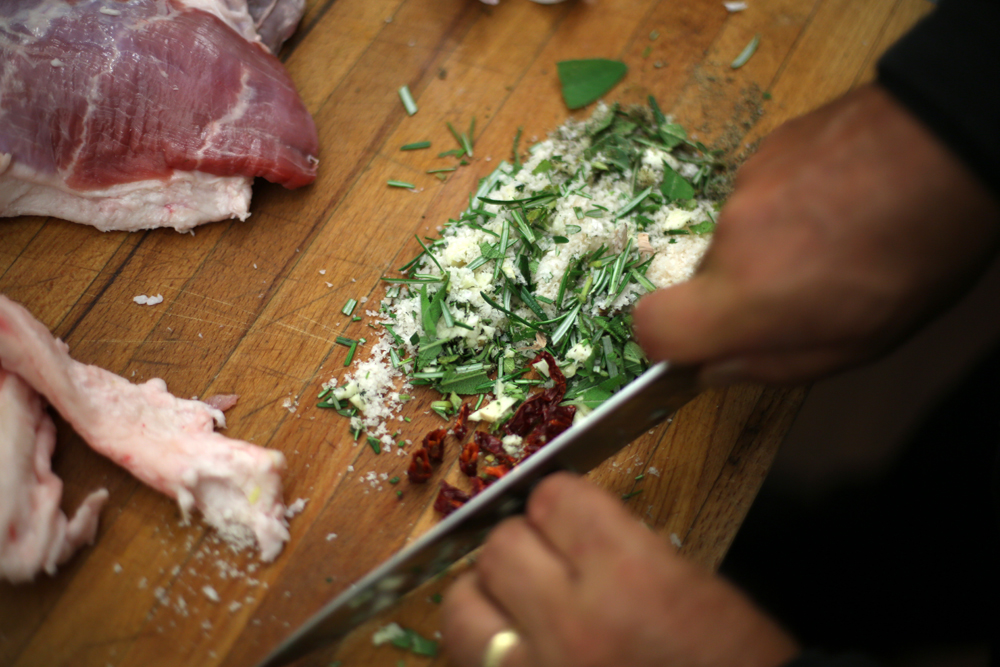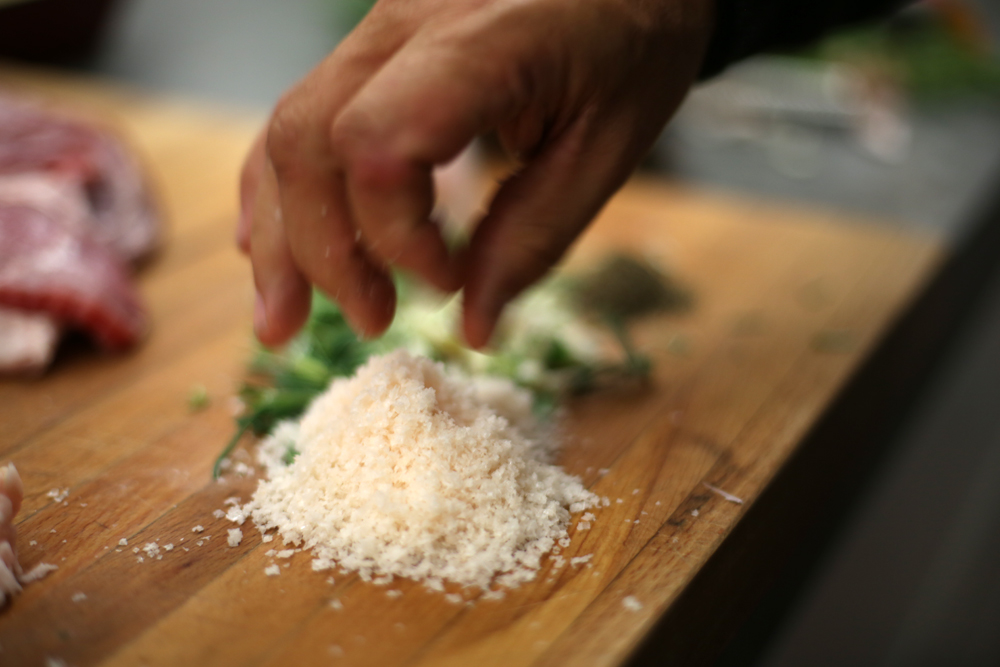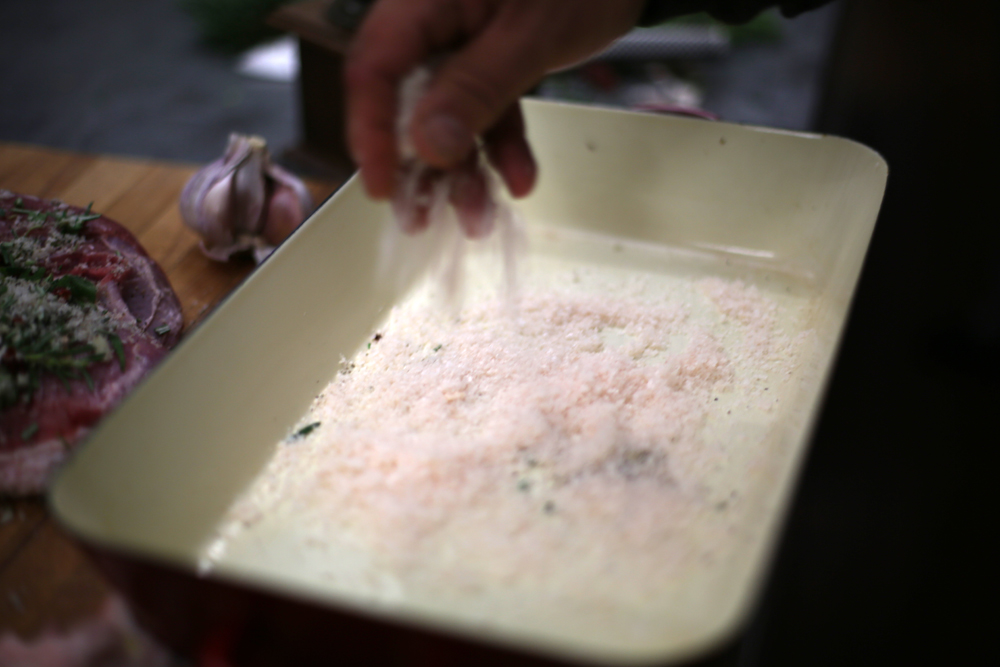The People’s Pancetta
In years past, this curing technique was a practical way to preserve pork belly, an important ingredient used to flavour cooking during long winters in Italy and central Europe. For those of us with a pancetta appreciation today, preserved pork belly will no doubt continue to be the delicious secret weapon in favoured dishes. Indeed, living in Amsterdam some years ago, where pancetta was impossible to find, I came to depend on an occasional Fedex package from my father containing a half kilo of vacuum-sealed ‘Mornington Peninsula pancetta’.
Home made by my dad, this pancetta made sure my cooking had the flavour of home. This was, of course, before I realised how simple pancetta is to make! With a belly of pork, a few simple ingredients and a bit of time, no cured meat-loving home need ever be without!
Aside from the pork belly and salt when making your pancetta, the condiments used to infuse the flavours are entirely a matter of personal taste. Experiment with these to develop your signature flavour. Below is a recipe from my father, Peter Demaio. A current favourite, this is a variation on pancetta recipes found in his book Preserving the Italian Way.
Ingredients
1 kilo of lean pork belly
500g of pink sea flake sea salt (any salt will do but this will add a nice flavour)
A big bunch of rosemary
A big bunch of sage
Half a dozen cloves of garlic
Half a dozen dried chillies (or pinch of chilly flakes)
Handful of ground black pepper
Red wine to wash off the salt
Curing method
Get your butcher to cut you a 1-1.5kg piece of pork belly, peeling off the ribs from the back below the fillet, down to just above the teats, leaving the skin on one side, but trimming off the excess. Cut the garlic, rosemary, sage and chilly into small pieces and mix with salt flakes and grounded pepper. Crust the pork belly on both sides in the mixture.
Place the pork belly in a baking tray and cover in cling wrap and place in fridge. Each day take it out, drain the excess liquid and flip the pork belly onto its other side. Repeat this for 4 days and then remove from baking tray. Wash off excess salt with red wine and a damp cloth. If you like your pancetta salty, you can leave some of the salt and mixture on.
Puncture the top of the pork belly with a knife and thread some twine through to make a loop. Hang in a cool place at around 15 degrees/60 percent humidity (laundry is ideal) – preferably in a meat safe to avoid unfriendlies such as flies. Over the next 3 weeks the meat will ferment as it is cooked in the salt. It should have a light white crust to it as this process occurs.
After 3 weeks take down the meat. Wash it again and vacuum seal it to distribute the moisture throughout the piece of meat (this step is not essential but it is great if you have a vacuum sealer. They are inexpensive and will significantly help preserve all foods). Your pancetta will now last for up to 6 months, adding flavour to almost any savoury dish you care to cook.
